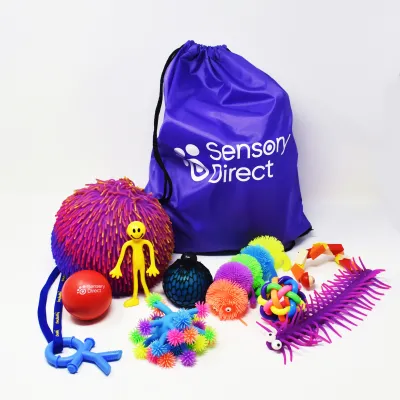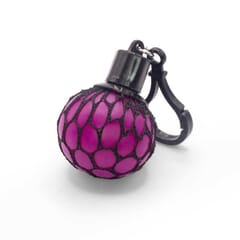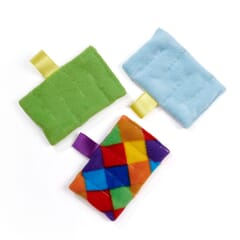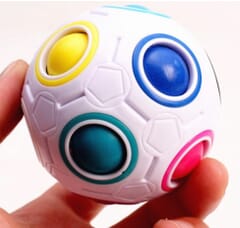Get exclusive deals you won't find anywhere else straight to your inbox.

Fidget Toys - What They Are And How They Help
While doing a research study on the effectiveness of fidget toys in the classroom, I was surprised to learn how many colleagues did not know what they were or how they could be useful – even those colleagues in the special education field. Therefore, I knew I had to write this blog on fidgets.
What Are They?
Fidget toys are self-regulation tools to help with focus, attention, calming, and active listening. Fidgets come in all different shapes, sizes and textures and are often referred to by various different names.
Stress balls, tangles, and squigglets can all be used as fidget toys to promote movement and tactile input that is critical for some students' learning.
Who They're For
As educators, it is easy to point out that restless child. The one who is always getting up to sharpen his pencil, use the bathroom when he just went 5 minutes ago, or take a drink for what seems like the 100th time.
We recognise that child who is constantly tapping his foot, rummaging through his desk, or peeling up his name tag.
We know that it is these children who interrupt learning because these behavioural disruptions are difficult to ignore. The child also hinders his own learning and productivity is impeded by their short attention.
How Fidget Toys Help
So, how can we help this child control their movement and actually improve their learning?
My research on fidgets shows that if movement can be directed, it can enhance learning.
Furthermore, movement is essential for learning because the learner is required to use both the left and right hemispheres of the brain.
I recently bought a book entitled, Learning with Tangle Brain Tools: The Playful Path to Meaningful Learning at Home and in School. I would highly recommend it for the fun activities and also the research (plus, a free tangle is included!)
The Research
In addition to research confirming the importance of movement and sensory input while learning, learning is enhanced when fidgets are introduced, as documented through case studies and a comprehensive understanding of human cognition and student learning.
One case study, conducted in a sixth grade classroom in Georgia, the positive effects of fidgets were well observed.
Academically, the students showed growth in scholastic achievement when the stress balls were implemented.
The average writing score of the class increased from 73% without stress balls to 83% with the use of stress balls.
In addition, the student with a medical diagnosis of ADHD showed the most progress with an increase of 27% on a writing sample (Stalvey & Brasell, 2006).
In Summary
Fidgets are affordable, easily introduced, and appealing to all ages and genders. They can even be made in your home!
I am presenting at a disability awareness fair this Saturday and am bringing materials from home to make a fidget. It is as easy as filling a balloon with flour, rice, oatmeal, or another material that your child or student takes an interest in.
By Melissa Ferry. Shared from www.friendshipcircle.org





